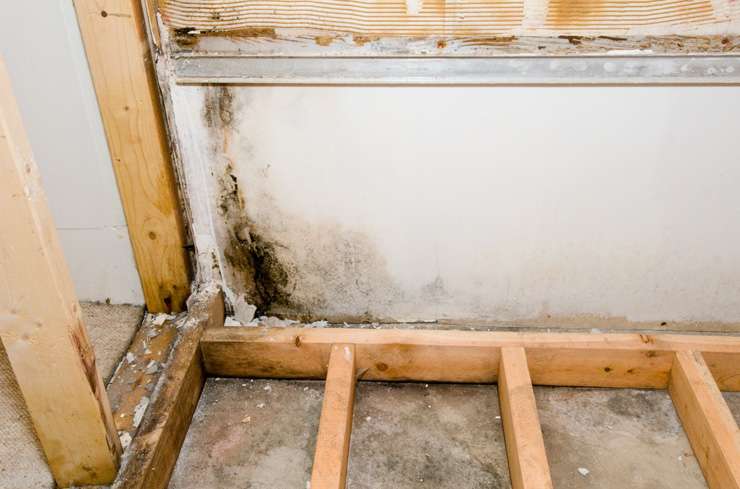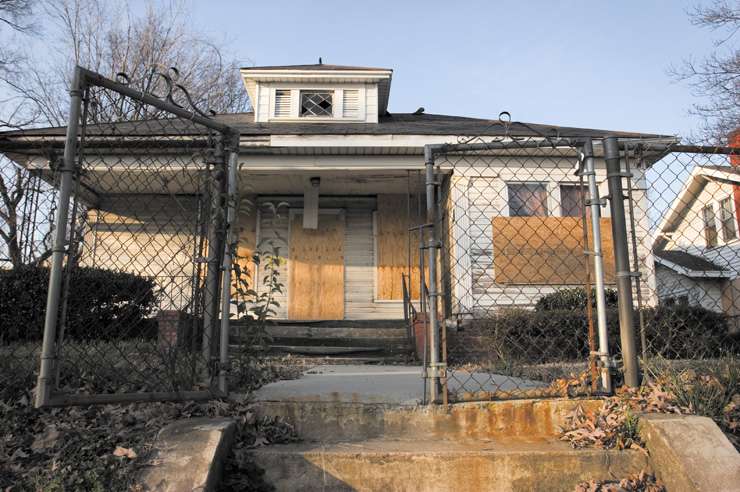Never try to sell a damp, cold house. Without some work it can cost a sale, or at least lead buyers to push for lower prices. Especially in winter. It’s not just a visual issue. Damp smells and buyers can be repelled, instantly.
Conversely, a good presentation of a home can add 5%-10% of the value of a home, says Jason Yianakis, Harcourts Cooper & Co sales manager on Auckland’s North shore. “With a very well presented home that smells nice, looks nice, feels nice, you're going to get a top price.”
If buyers see mould or smell damp, they may be driven to get a building report, which could uncover another can worms, says Tom McCartney, real estate agent at Ray White, in Manurewa, in South Auckland. “If they feel it is a little bit damp, then they might want to know a bit more about why it feels that way.”
The best thing with a house that has mould and damp problems is to do the remediation work to remove the problem, rather than trying to cover it up, says Yianakis.
Start your property search
“With dampness and mould, the first thing that I'd always advise people to do is find what’s causing it. Are there some underlying weather tightness leaks, or other issues that need to be addressed?
“Make sure you’re not trying to mask or hide anything. Going in and spraying a lot of perfume around and saying ‘there’s no issue here’ isn’t going to work.”
Research for the Warmhouse initiative led by the Warehouse found nearly half of homes in New Zealand have mould and damp. That’s not just rental properties.
The report found 37% of respondents reported regular condensation on their windows in winter.
The source of mould and damp isn’t always serious. If the problem is caused by tenants keeping rooms shut to the elements, quick fixes include cleaning, opening windows regularly, and adding curtains, says McCartney. “If there are trees that block all the sunlight, trim them back and get some natural light in. That tends to help.

Some mould problems can be dealt with quite easily, but others may require expensive remediation work. Photo / Getty Images
“If it’s a little damp or smelly, get that airflow through. Keep opening, opening the windows every day,” says McCartney, a former builder.
Another option in those circumstances is using a dehumidifier or lighting a fire could dry the home sufficiently for open homes, says Yianakis.
Getting a Health Homes assessment for the property can be a good idea, even if it doesn’t pass.
Both home buyers and investors are wooed by homes that meet Healthy Homes standards, says McCartney. That includes being insulated, having good heating and any draughts sealed. “For rentals it’s a legal requirement now anyway. People buying their own house want to know that it’s up to that standard as well.
“It is always good to know where it stands. Even if you’re not going to do the work yourself, (buyers) will ask the question: ‘what needs to be done and what's it going to cost me?’
“If the Healthy Homes report is not done at all, then buyers might jump to the worst conclusion and in their head think it might cost in the vicinity of $10,000 to $20,000 to remediate, when it might not be anywhere near that. So it’s just taking away that question.”

Not every house is being bought to live in. Vendors should check who their target market is first. Photo / Getty Images
Spending money on Healthy Homes improvements does widen the pool of buyers. But it doesn’t always pay for itself.
When it comes to spending money on upgrades, Yianakis recommends looking at the return on investment. “I go through room by room with sellers. When we’re doing that, we’re looking for at least a two to one return on your investment.”
Then consider getting a home ventilation system, says McCartney. “The DVS-type systems work wonders, especially on the older weatherboard homes. I've had one in one of my own homes before. We used to always get the crying windows. It just dries out with a DVS or HRV system.
“If it has a heat pump and a DVS, it certainly is a bonus for buyers,” he adds. Beware, however, of overcapitalising if the home is likely to be demolished for development.”
That doesn’t mean doing nothing because the home is on a quarter acre flat section in South Auckland, Porirua, Lower Hutt, or New Brighton. Even then there may be a reason to do some work on improving the health of the home, says McCartney. “I always recommend that owners declutter and tidy the section as much as possible anyway, even though developers are probably going to pay the most money for the property,” he says.
“They might want to rent it while they are getting their plans finalised with the council or waiting until money is freed up from other projects. So having it in a condition where it’s liveable, and rentable is definitely preferable to them as well.”













































































